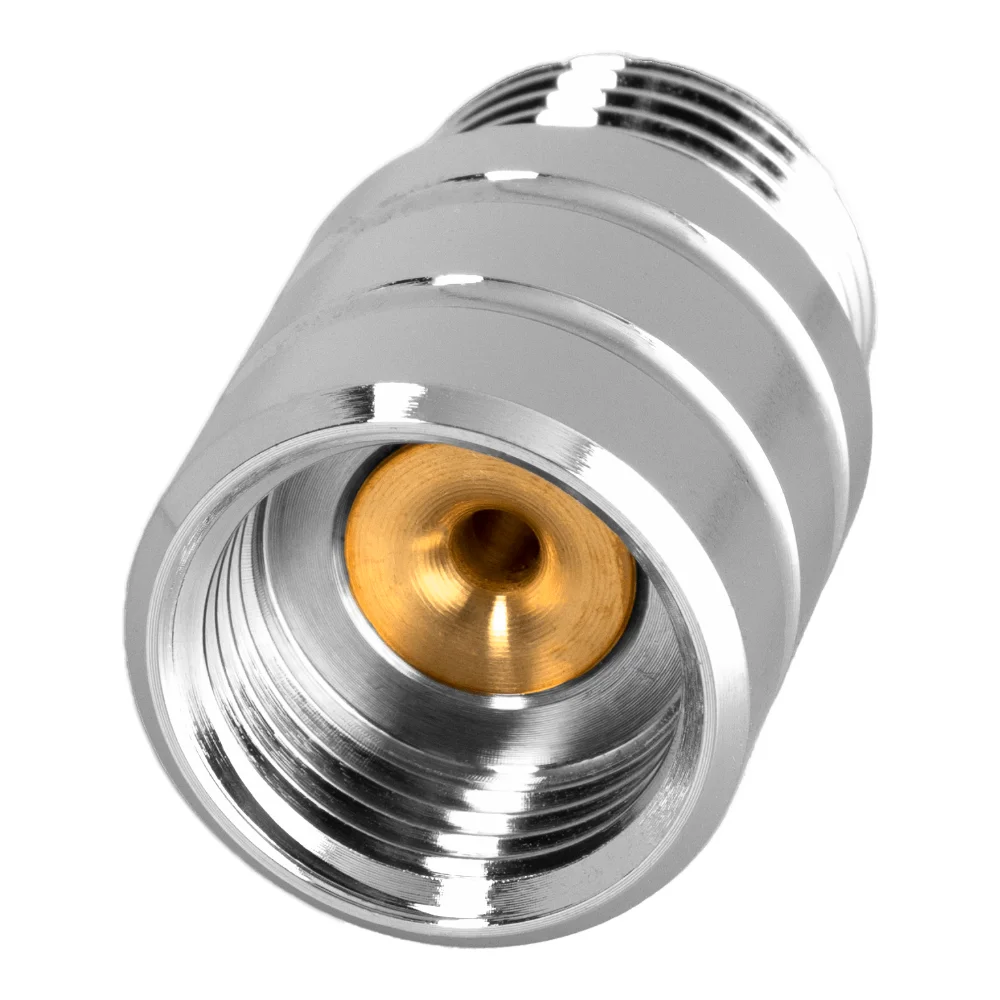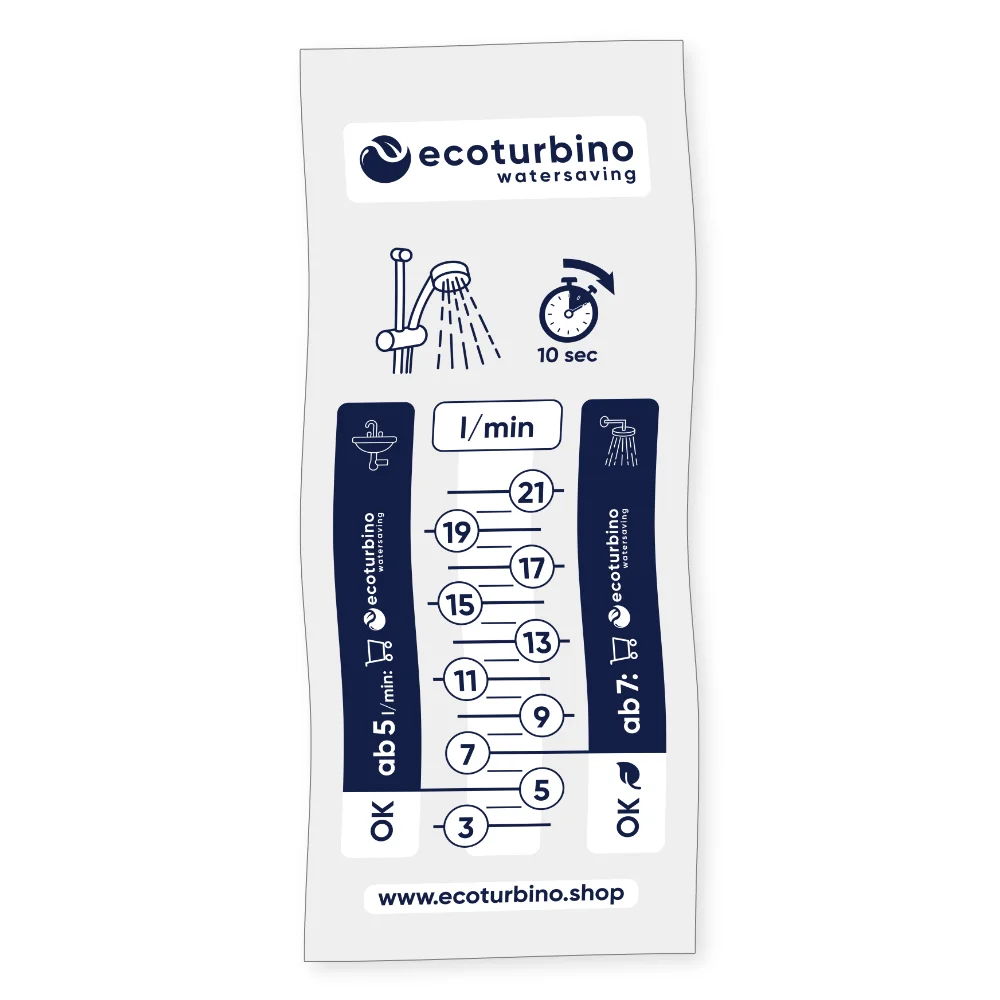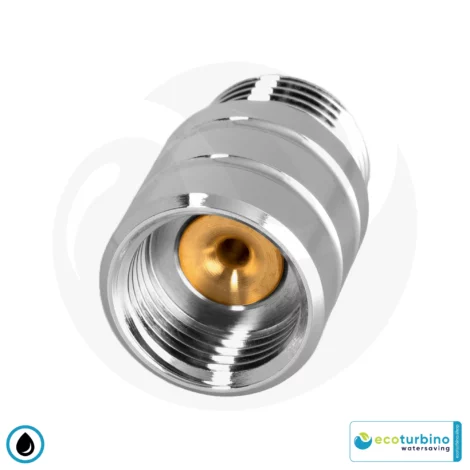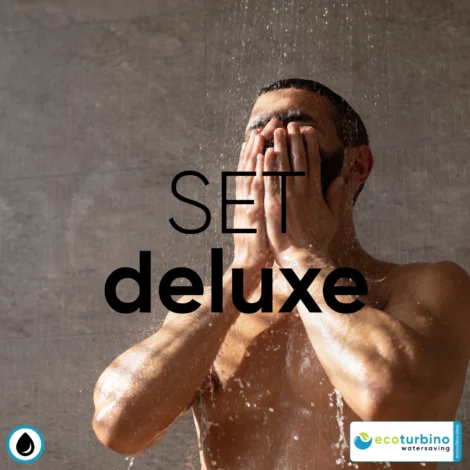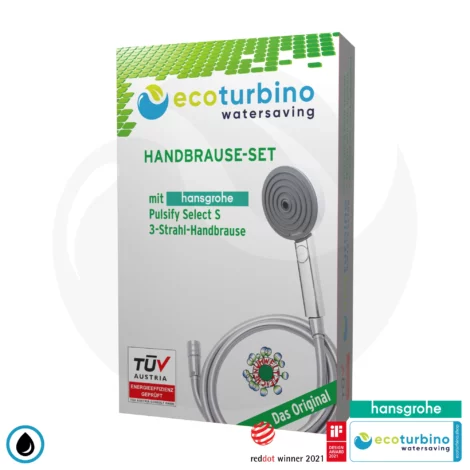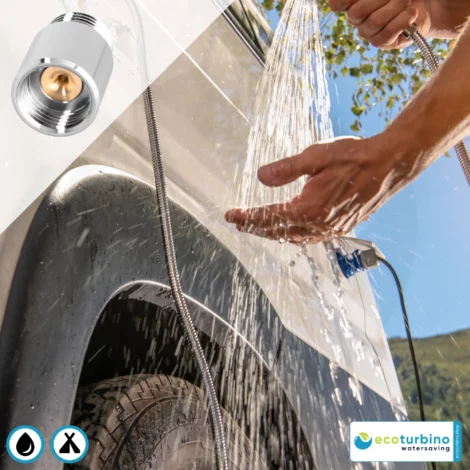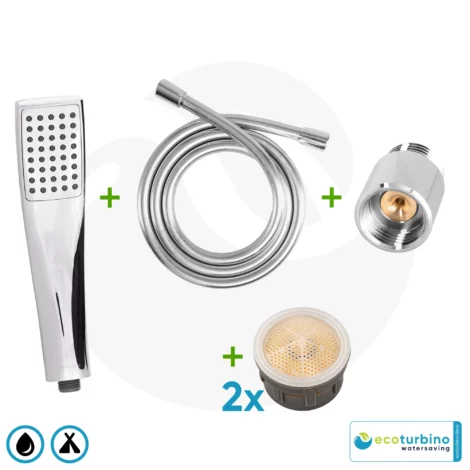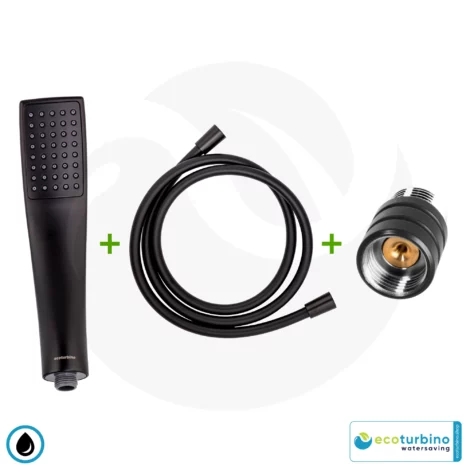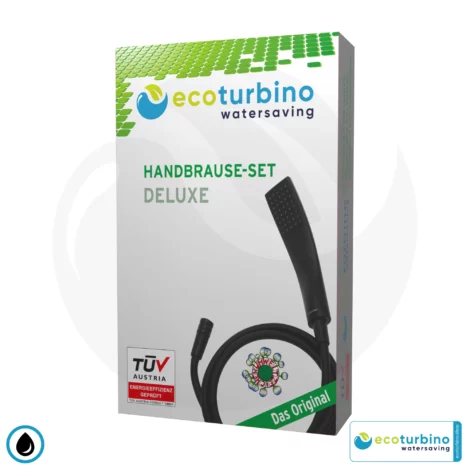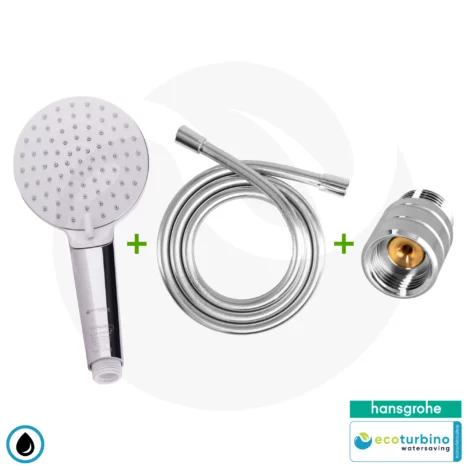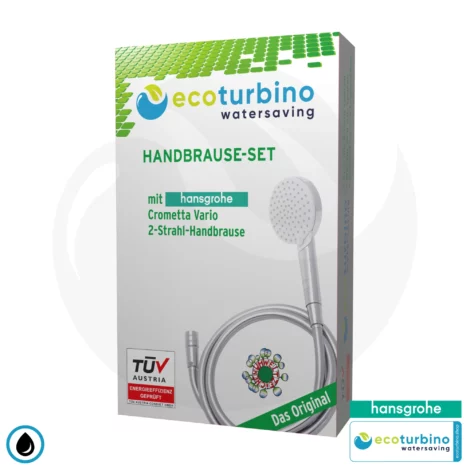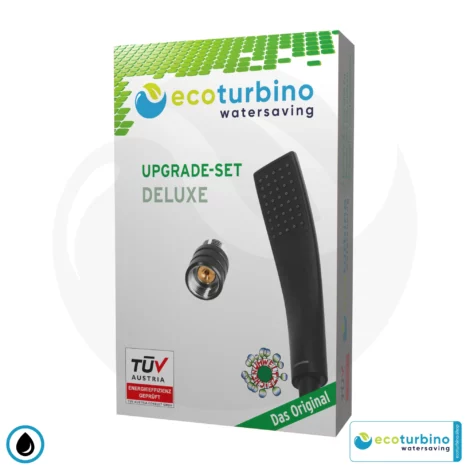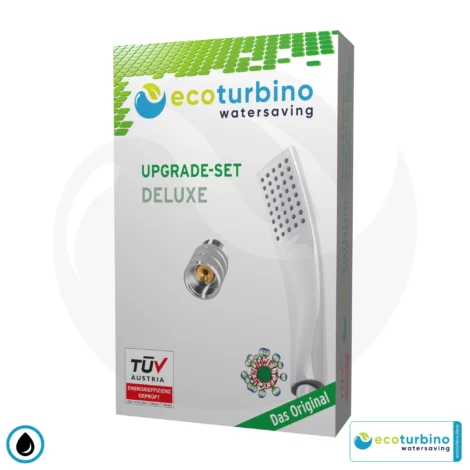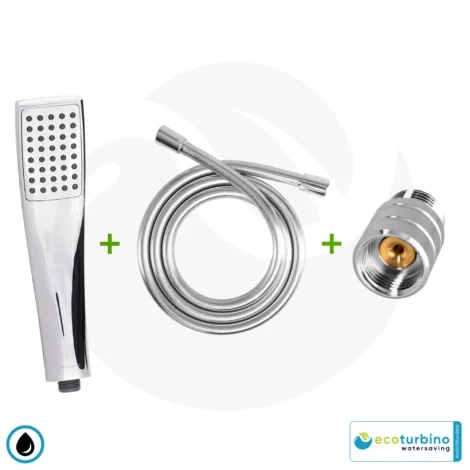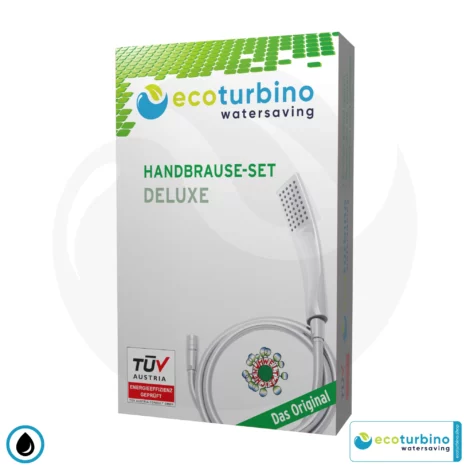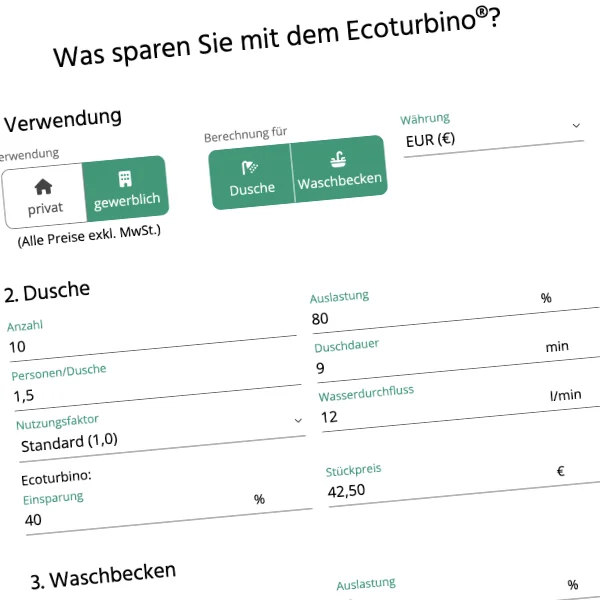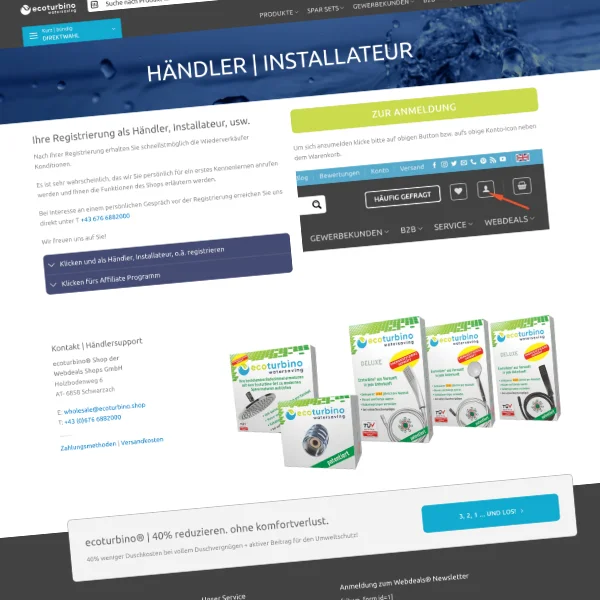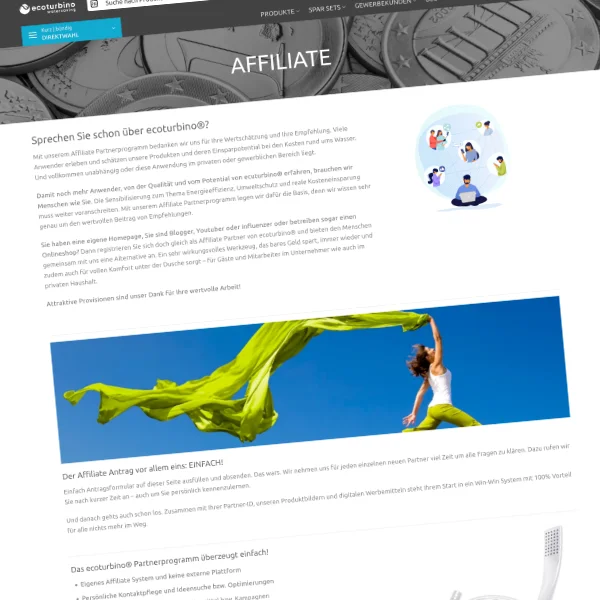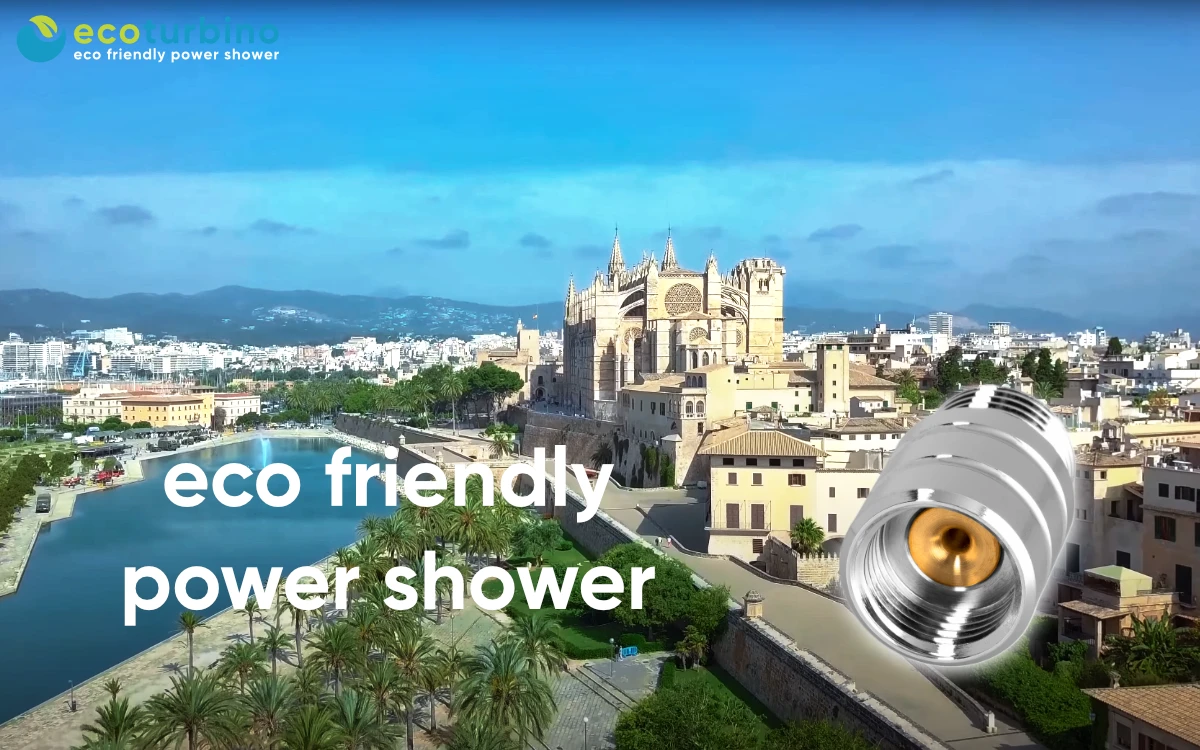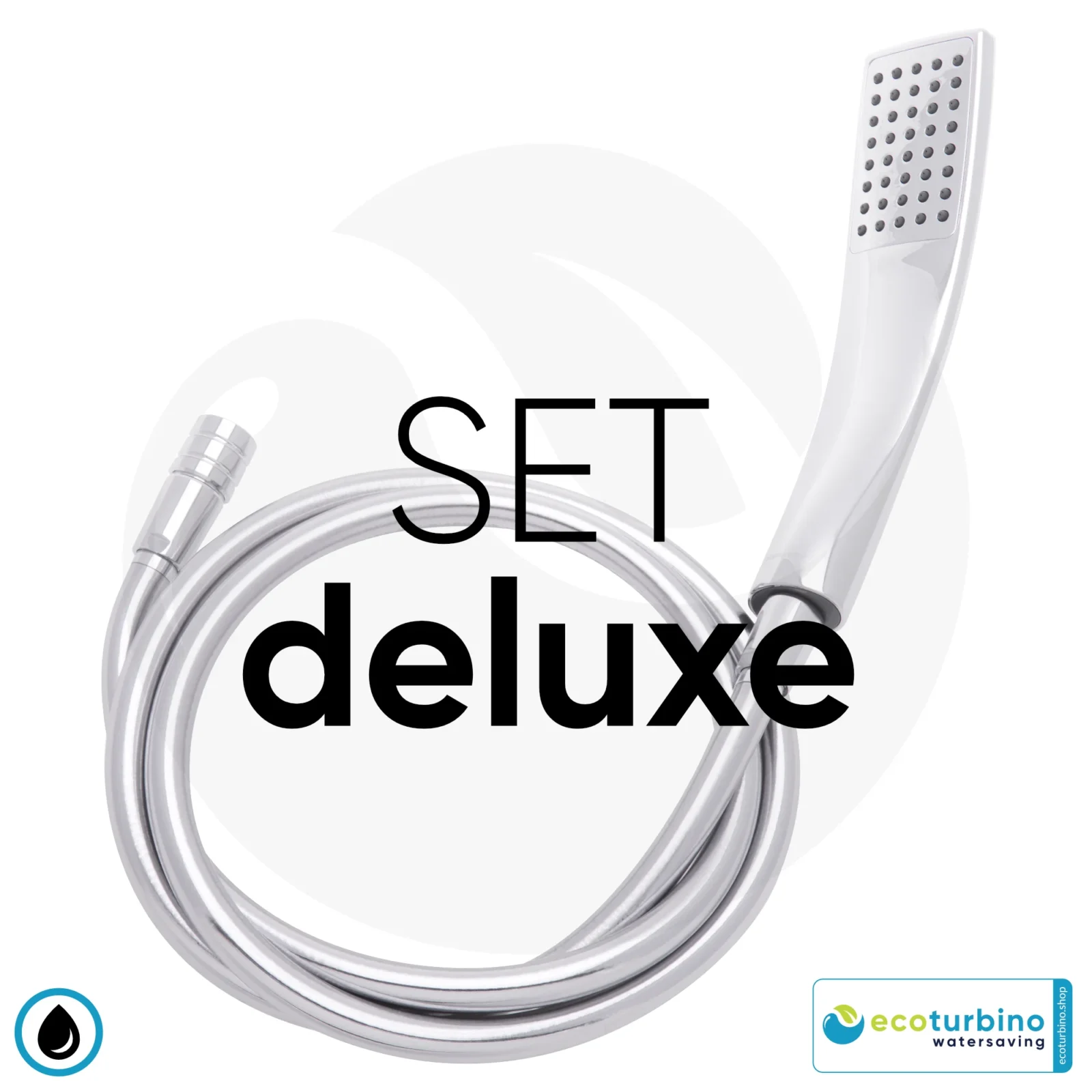Blog
Mallorca Hotels & Water Saving | How Innovative Water-Saving Technologies can help Mallorca’s Hotel Owners and Local Authorities
Mallorca Hotels + Water Saving | Water-Saving Technologies can assist Tourism and Local Authorities | The Current Water Crisis in Mallorca
Mallorca, a popular Mediterranean island destination, is grappling with severe water scarcity issues that have intensified in recent years. As of August 2025, prolonged drought conditions, coupled with high tourist influx and infrastructure challenges, have led to emergency measures in several municipalities.
For instance, in the picturesque village of Deià, located about 30 kilometers from Palma, Mayor Joan Ripoll has implemented water cutoffs in certain areas starting from Mondays, Wednesdays, and Fridays to allow reservoirs to recover.
This decision affects not only residents but also high-end tourism establishments, such as the luxury hotel La Residencia, which has resorted to transporting water via tankers to maintain operations.
The crisis stems from a combination of factors: extreme dryness, the failure of a key desalination plant in Alcúdia (fixed in the meantime), and soaring demand during peak summer months.
Regions like Pla de Mallorca are preparing to declare emergency zones, enabling government funding for water deliveries. Water reserves remain critically low, with some areas reporting levels below those of previous years, prompting warnings for both locals and visitors to minimize usage.
Bans on using tap water for filling pools, irrigating gardens, or washing cars have been in place since early July, highlighting the urgency of conservation efforts.
Tourism, a cornerstone of Mallorca’s economy, exacerbates the problem.
The island welcomes millions of visitors annually, with peak seasons straining resources. Studies indicate that tourism accounts for about one in four liters of water consumed in the Balearic Islands, with per capita usage in tourist-heavy areas reaching 250 to 450 liters per day-far exceeding local averages.
This has led to growing tensions, including calls for sustainable practices and even boycotts by some holidaymakers concerned about environmental impacts.
Impacts on Tourism and Local Communities
The water shortage directly threatens the hospitality sector, which relies on consistent supply for guest comfort. Luxury hotels like La Residencia, where suites can cost over 16,000 euros for a short stay, are major consumers, estimated at 30,000 liters per week per property.
Such establishments often feature pools, spas, and extensive landscaping, contributing to high usage. In response, some hotels have adopted independent solutions, but this increases operational costs and logistical challenges.
For local authorities, like Mayor Ripoll, managing the crisis involves balancing economic needs with resource preservation. Declaring emergencies allows access to regional funds but underscores the need for long-term strategies.
Communities face restrictions that disrupt daily life, while the broader island economy risks reputational damage if tourists perceive the destination as unsustainable.
Understanding Water Consumption in Hotels
Hotels in tourist hotspots like Mallorca are significant water users, with consumption varying by category and amenities. Research shows that five-star hotels can use up to 594 liters per guest-night, while four-star properties average around 285 liters, and three-star hotels about 224 liters.
Overall, European hospitality benchmarks range from 149 to 450 liters per guest-night in sun destinations, influenced by factors like climate and occupancy. In Mallorca, with approximately 235,000 hotel bed places available as of 2023 data (a figure that includes various star ratings), the sector’s footprint is substantial.
Legal capacity is capped at around 308,000 hotel beds, emphasizing regulated growth amid resource constraints.
Water usage breakdowns reveal that guest rooms, particularly bathrooms, account for a large portion – showers and baths alone can represent 30-40% of total consumption, with additional demands from laundry, kitchens, and outdoor features like pools and gardens.
Seasonal patterns amplify this: During summer, when occupancy peaks, irrigation and pool maintenance surge, sometimes comprising up to 30% of usage in mass tourist areas.
This aligns with broader findings that tourism-driven demand can push daily per-tourist consumption to 3.423 liters in extreme cases, though Mallorca’s figures are more moderate but still concerning.
Breakdown of Usage
A typical hotel room’s water footprint includes:
- Showers: 50-100 liters per use, depending on duration and flow rate.
- Toilets and sinks: 20-30 liters per guest daily.
- Housekeeping: Additional 50-100 liters per room for cleaning and linens.
In aggregate, these contribute to the island’s strain, where tourism’s share highlights the need for targeted interventions.
Potential Solutions: Water-Efficient Devices like ecoturbino
Amid the crisis, technologies designed to optimize water use offer viable paths forward. Devices such as ecoturbino, a shower adapter developed in Austria, exemplify how simple innovations can reduce consumption without sacrificing user experience. This system integrates turbine technology to mix air into the water flow, creating a turbulent mixture that maintains pressure while cutting water volume.
Installed in two minutes between the shower hose and shower fitting, it requires no major retrofitting and is suitable for hotels, homes, and public facilities. Independent tests suggest savings of 40-50% on shower water and related energy for heating, addressing a key area of hotel usage. How it works for Hotels you can discover in our Hotel presentations.
Such tools align with broader water management strategies, including those implemented in Mallorca’s hotels through audits and upgrades.
For hotel owners, adopting these could lower bills and enhance sustainability credentials, appealing to eco-conscious travelers. Municipal leaders might incentivize widespread use via subsidies or regulations, easing pressure on public supplies.
Benefits for Hotels and Municipalities
Beyond savings, these devices support compliance with restrictions, like Deià’s bans, by minimizing overall demand. They could extend to spas and pools, fostering a collaborative approach between private operators and public officials.
Water Savings Calculation for Mallorca’s Hotel Sector
To quantify potential impacts, consider a basic estimation based on available data. Mallorca has roughly 235,000 hotel bed places.
Assuming an average occupancy of 80% during peak season (about 188,000 occupied beds) and a conservative water use of 300 liters per occupied bed per day (blending categories), daily sector consumption totals approximately 56.4 million liters.
Showers account for about 35% of this, or roughly 19.74 million liters daily. If a device like ecoturbino reduces shower usage by 40%, savings could reach 7.9 million liters per day—equivalent to supplying water for thousands of households.
Over a 90-day summer period, this translates to over 711 million liters saved, potentially alleviating shortages and reducing reliance on emergency tankers.
Estimating Total Consumption
| Category | Average Use (L/guest-night) | Share in Total (%) |
| Showers/Baths | 100-150 | 30-40 |
| Toilets/Sinks | 50-80 | 20-25 |
| Laundry/Kitchen | 80-120 | 25-30 |
| Pools/Gardens | 50-100 | 20-30 |
This table illustrates distribution, with showers as a prime target for efficiency.
Potential Water Savings
Scaling to full adoption: Annual savings could exceed billions of liters, factoring in energy reductions of up to 50% for water heating.
Broader Implications and Recommendations
Implementing water-saving technologies in Mallorca could set a precedent for sustainable tourism globally. Hotel owners benefit from cost reductions and resilience against shortages, while mayors gain tools to manage resources equitably. Recommendations include pilot programs in affected areas like Deià, partnerships for installation subsidies, and education campaigns.
Ultimately, blending innovation with policy ensures the island’s appeal endures amid climate challenges.













